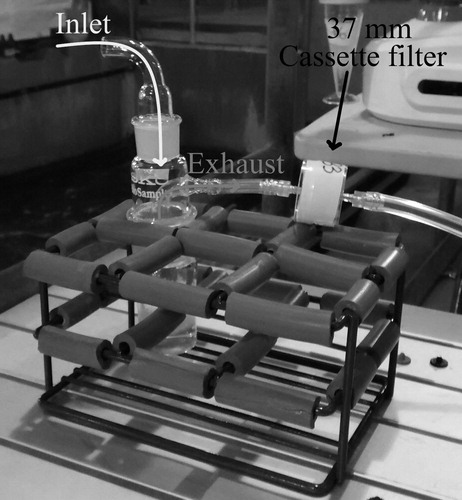Figures & data
Figure 1. Experimental protocol for sampling each of the four bacteria strains and the bacterial consortium using Coriolisµ® and the BioSampler®.
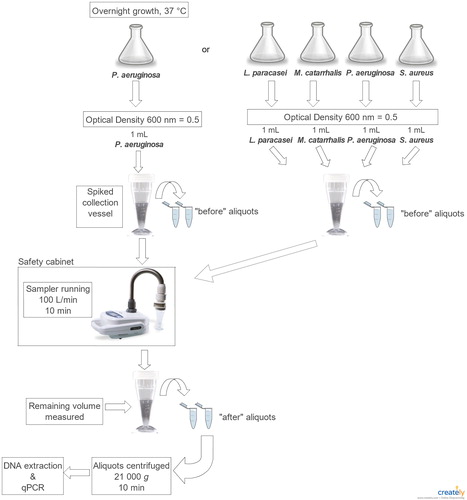
Table 1. Bacterial strains included in this study.
Table 2. Primers and probes used in this study.
Figure 3. Relative ratios of genome copy numbers of each single strain and the bacterial consortium when added to the BioSampler® and the Coriolisµ® collection fluid. The geometric forms represent each value of the relative ratio obtained for the five replicates (n = 5). The error bars represent standard deviation and the vertical bold lines represent the mean value of the relative ratios.
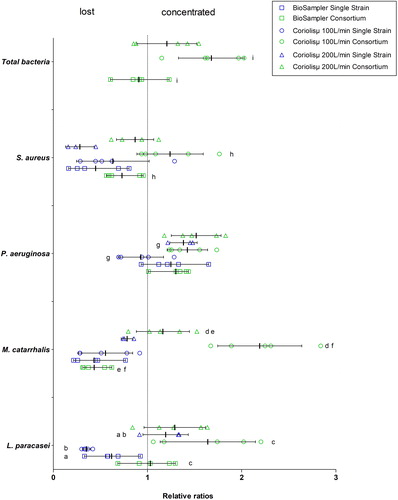
Figure 4. Comparisons of alpha-diversity metrics of observed OTUs (a) and Chao1 (b) for natural bioaerosols collected with two sampler types (liquid and filter). Each horizontal line in the boxes represents the minimum, the average and the maximum of the observed OTUs (n = 3).
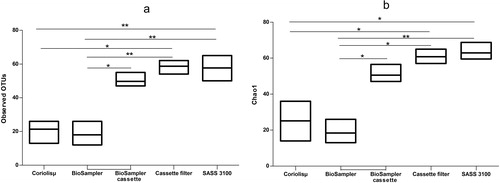
Figure 5. Principal-coordinate analysis of air samples collected with two different types of air samplers.
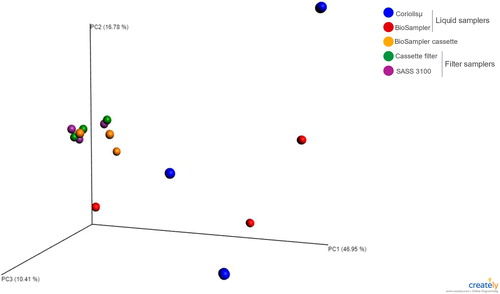
Figure 6. Relative abundance of the bacterial phyla collected using liquid- and filter-based samplers.
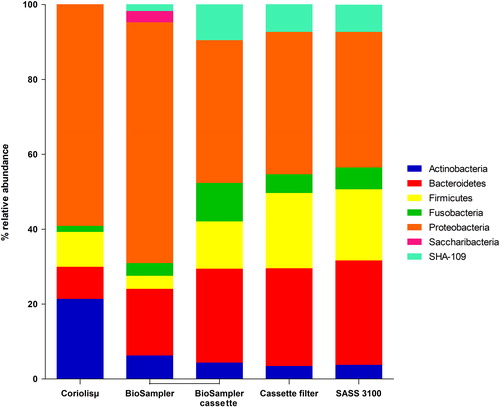
Figure 7. Relative abundances of bacterial genera collected using liquid and filter type samplers. (Please see supplemental information for a complete legend).
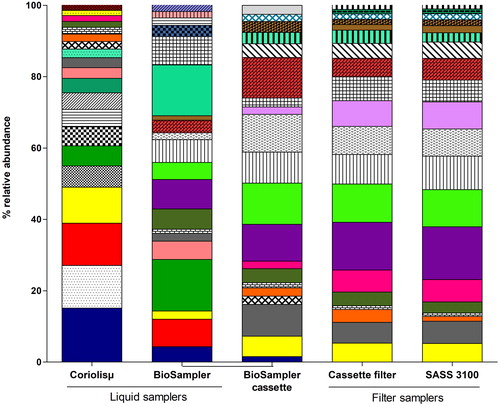
Figure 8. Venn diagram of the genera (relative abundance) collected by the BioSampler® and those re-aerosolized from the collection fluid captured by the BioSampler® cassette.
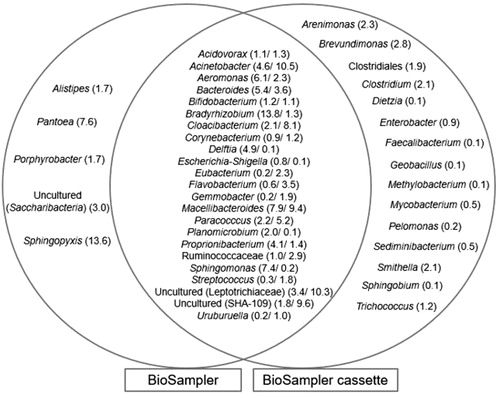
Supplemental Material
Download MS Word (204.8 KB)Data availability
Raw sequence reads of the samples used in this study have been deposited in the National Center for Biotechnology Information (NCBI) under BioProject PRJNA531492.

